TRD Issue 71 - Briefing: Meta's Llama 3, Amazon's Secret Ops, and Adastria's Acquisition
Meta's Llama 3 outperforms AI; Amazon gathers rival intel; Adastria acquires brands; Temu's ad blitz impacts D2C; Adobe enhances Firefly; retailers tackle returns.
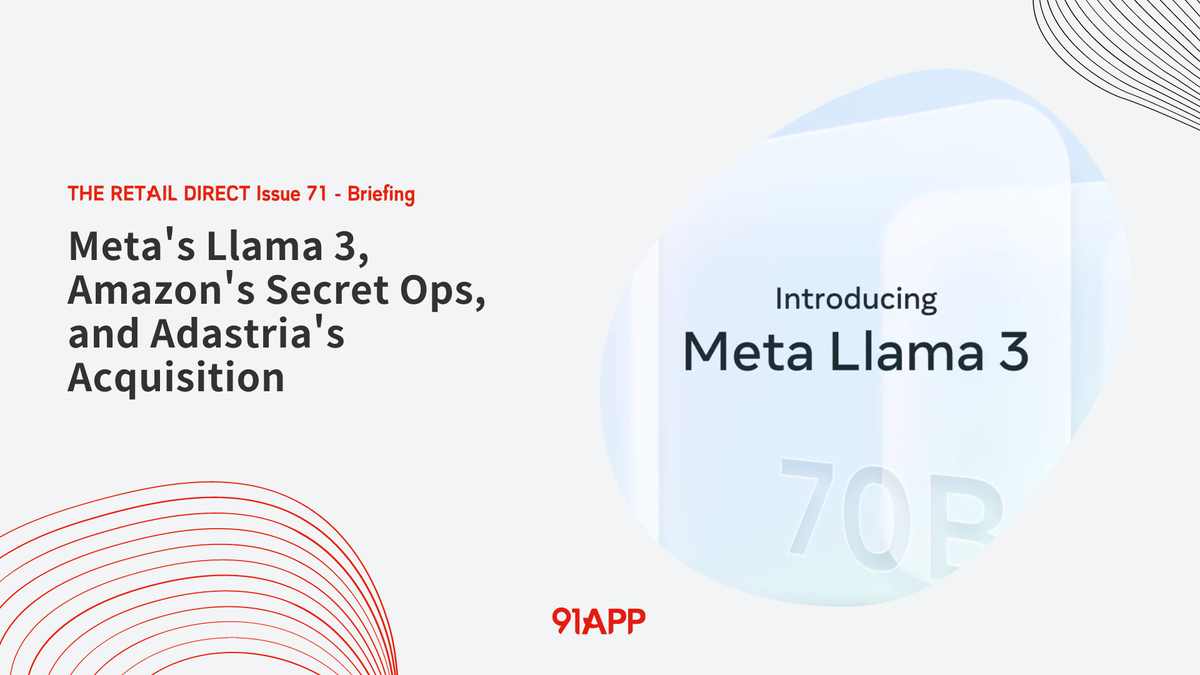
Hello Subscribers,
I hope this email finds you well.
First, we explore how Meta's new large language model, Llama 3, is making waves in the AI space, outperforming similarly sized models and expanding its accessibility to developers and researchers. Meanwhile, Adobe's Firefly Image 3 is pushing the boundaries of image generation, enhancing creative possibilities for digital art and design.
In e-commerce news, the issue uncovers Amazon's secretive operation, "Big River," which gathered intelligence on rivals like Walmart and eBay, raising questions about the legality and ethics of such tactics. It also discusses Amazon's new grocery delivery subscription and the growing trend of consumer subscription fatigue.
Regarding e-commerce, many of us have encountered the hassle of returning products due to issues or sizing problems. Some retailers now offer "returnless refunds" to save on costs and reduce waste. Meanwhile, Etsy sellers are concerned about heightened competition, SEO challenges, and increased fees as the platform evolves to resemble Amazon.
In marketing, the issue analyzes the impact of Temu's massive ad spending on D2C brands and the need for advertisers to diversify their strategies. It also explores how financial institutions are dipping their toes into the retail media, leveraging customer data to sell personalized ads.
Lastly, the issue covers some exciting developments in the Asian market, including Adastria's acquisition of two lifestyle brands and L'Oréal's sales growth in the region despite a gradual recovery in North Asia.
We hope you find this issue insightful and engaging. Happy reading!
The Retail Direct
About 91APP
Founded in 2013, 91APP is the premier OMO (online-merge-offline) SaaS company, providing one-stop omnichannel retail solutions in Taiwan, Hong Kong, and Malaysia. It offers advanced Commerce Solutions and Marketing Solutions that enable retail brands to penetrate the D2C (Direct-to-Consumer) e-commerce market and drive operational benefits to their full potential. In 2021, 91APP became the first SaaS company to be listed in Taiwan and has been named one of Taiwan's "NEXT BIG" companies by Startup Island TAIWAN.
For more information about 91APP (TWO: 6741), visit www.91app.com.
AI
Meta Says Llama 3 Beats Most Other Models, Including Gemini

Why it is important
- Llama 3 represents a significant advancement in large language models (LLM), showcasing improved performance and capabilities compared to previous versions and other similarly sized models.
- The release of Llama 3 to cloud providers and model libraries makes it more accessible for developers and researchers to leverage its capabilities in various applications.
What happened
- Meta announced the release of Llama 3, the next generation of its large language model, with 8B and 70B parameter versions.
- Llama 3 outperformed similarly sized models like Google's Gemma and Gemini, Mistral 7B, and Anthropic's Claude 3 in specific benchmarking tests.
- Human evaluators also rated Llama 3 higher than other models, including OpenAI's GPT-3.5, in a new dataset created by Meta to emulate real-world scenarios.
- Meta is currently training larger versions of Llama 3 with over 400B parameters, which are expected to handle more complex patterns and provide multimodal responses.
Source: The Verge
Adobe Claims Its New Image-Generation Model is Its Best Yet
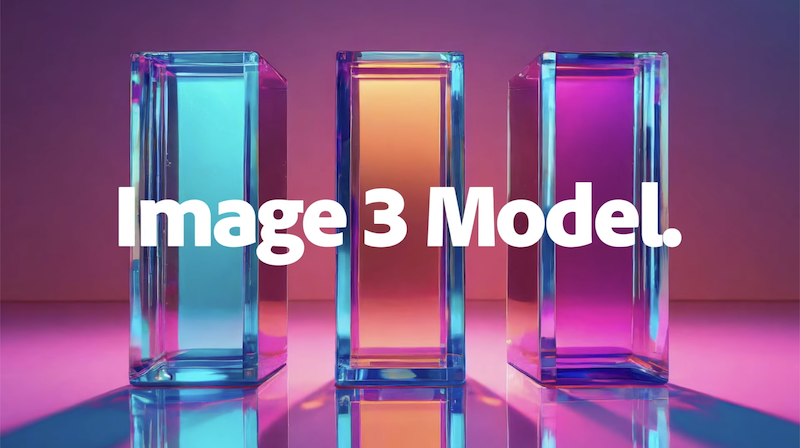
Why it matters
- Adobe's Firefly Image 3 significantly improves image generation, making it more competitive with leading models.
- Integrating Photoshop and Firefly expands creative possibilities for digital art and design.
What happened
- Adobe unveils Firefly Image 3, enhancing image realism and detail, powered by a broader dataset and contributor compensation program.
- Adobe introduces new Photoshop capabilities, including a style engine, auto-stylization, and generative tools, alongside improved Firefly web app features for image structure and style matching.
- Maintains consistent pricing, indemnity policy, and watermarking strategy.
Source: Tech Crunch
e-Commerce
Inside Amazon’s Secret Operation to Gather Intel on Rivals
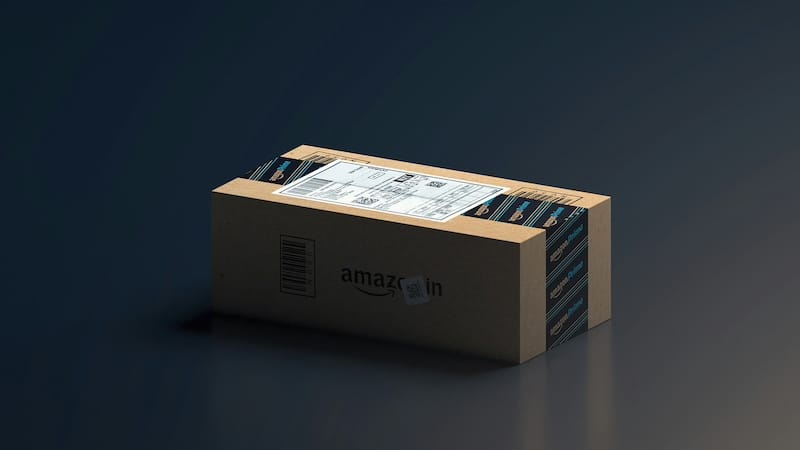
Why it matters
- Amazon secretly gathered intelligence on rivals like Walmart, eBay, and Flipkart through a project called "Big River."
- The secretive tactics raise questions about the legality and ethics of such corporate intelligence gathering.
What happened
- In 2015, Amazon initiated "Project Curiosity" (later "Big River") to operate as a third-party seller on competitors' platforms, including Walmart and eBay, to gather data on pricing and logistics.
- The project involved creating fake brands and attending rival conferences without revealing Amazon's involvement, to understand better and infiltrate the market.
- The secretive nature of "Big River" and its tactics, like misrepresentation, raises concerns about potential legal issues and the ethics behind such corporate espionage.
Source: WSJ
Amazon's Add-on Strategy Hits Grocery Delivery
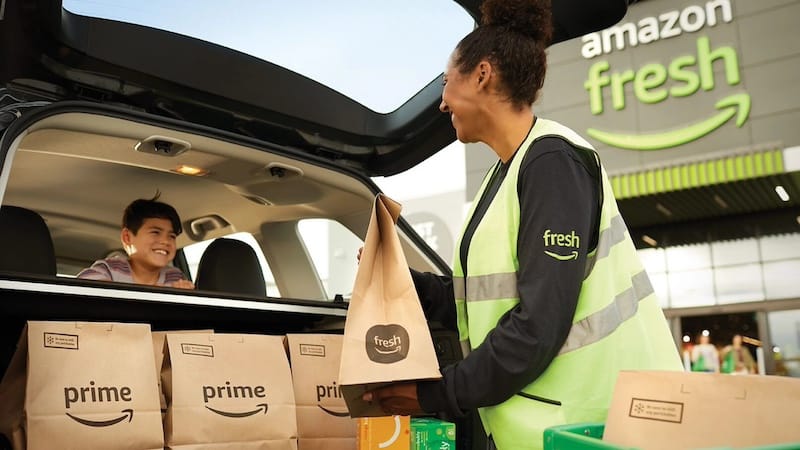
Why it matters
- Companies like Amazon are adding new fees to their regular subscription fees.
- Subscription fatigue is growing, testing consumer appetites for convenience.
- Consumers are watching their subscriptions closely, but analysts say there's still potential for the right ones.
What happened
- Amazon launched a $9.99/month unlimited grocery delivery subscription, adding to existing optional fees for ad-free Prime Video, RxPass, and One Medical.
- Same-day delivery wars are heating up, with Walmart and Target launching rival services.
Source: Axios
The Wrong Trousers? Retail Has a New Solution to the Returns Problem

Why it matters
- Online returns cost US retailers $248bn last year.
- "Returnless refunds" are used to reduce costs and waste.
- The practice reflects a broader issue with the economics of online retail.
What happened
- Some US retailers, like Amazon and Walmart, offer "returnless refunds," and loyal customers can keep items and receive a refund based on an algorithm.
- Retailers are quiet about the practice to avoid encouraging fraudsters.
- Return rates are high in the US due to a culture of easy returns.
- Nearly 60% of US retailers used "keep it" refunds in 2022 to reduce costs.
Source: FT
Sellers are Worried About the ‘Amazon-ification’ of Etsy and are Considering Other Platforms
Image Credit: Oberon Copeland on Unsplash
Why it matters
- Etsy's growth has come at a cost, with sellers finding it more challenging to compete due to increased competition, SEO issues, and higher fees.
- Some sellers feel Etsy is becoming more like Amazon, with an influx of mass-manufactured and drop-shipped items.
- Discontented sellers consider alternative platforms with different fee structures and policies, such as Depop, Teleport, and Jamble.
What happened
- Etsy's active buyers and revenue reached all-time highs in 2023, but some sellers are unhappy with the changes.
- Listings for mass-manufactured, drop-shipped, and bulk items have become more common on Etsy despite policies against them.
- Sellers struggle with Etsy's SEO, as some listings use keyword stuffing and misleading descriptions to gain visibility.
- Etsy raised transaction fees from 5% to 6.5% in 2022 and introduced a $15 setup fee for new sellers in 2023.
Source: Modern Retail
Marketing
Temu’s Ad Blitz Exposes DTC Turmoil: Decoding the Turbulent Terrain
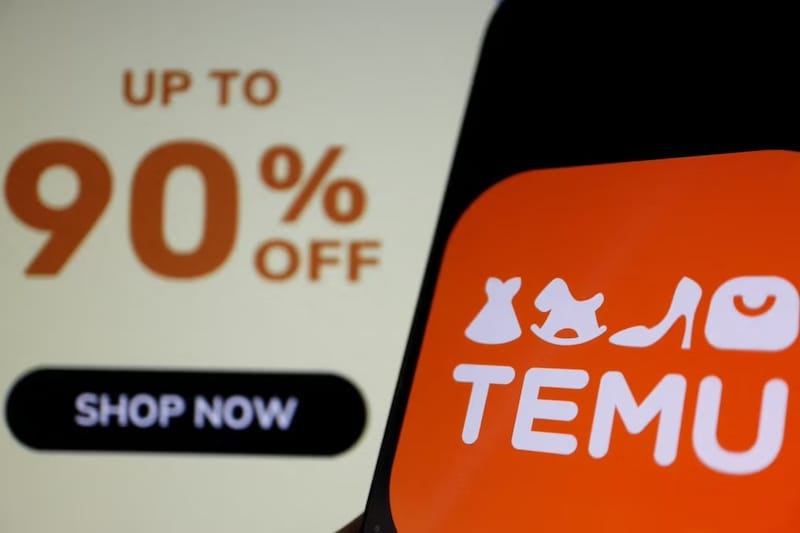
Why it matters
- Temu's massive ad spending on Meta platforms is suspected of driving up advertising costs for D2C brands.
- The current situation highlights the need for D2C advertisers to diversify their strategies and explore innovative approaches.
What happened
- Temu's ad expenditure surged by 1,000% YoY from Jan to Nov 2023, with most spent on social media.
- In Q1 2024, Temu invested over $46M in ads, with 98% going to Facebook.
- Some D2C advertisers report sharp CPM increases and profitability issues, while others see minimal impact.
Source: Digiday
Banks are Dipping Their Toes Into the Retail Media Waters

Why it matters
- Financial institutions are starting to leverage customer data for retail media.
- Retail media to be 1/5 of US ad spend in 2024.
- The industry may be reaching saturation as over half of advertisers are willing to work with a maximum of four retail media partners, as per eMarketer.
What happened
- JPMorgan Chase launched a new business called Chase Media Solutions to sell ads on its app and website to retailers, offering personalized deals based on customers' transaction history.
- Others like Uber, Marriott, and Klarna also entered the space.
Source: Modern Retail
Asia
Adastria Acquires Two Lifestyle Brands, Including "George's"

Why it is important
- Adastria is expanding its product offerings and customer base through acquisitions.
- The acquisition supports Adastria's diversification strategy through M&A and bolsters its ".st" e-commerce platform.
What happened
- Adastria announced the acquisition of "Today's Special" and "George's" brands from Welcome Co., Ltd.
- The two acquired brands have combined annual sales of around 3 to 3.5 billion yen ($19M to $22M), with e-commerce sales accounting for less than 10%, presenting significant growth potential.
- Adastria plans to open new physical stores and launch the brands on its e-commerce platform ".st."
Source: NIKKEI
L’Oréal Sales Up 8 Percent as North Asia Continues ‘Gradual Recovery’

Why it is important
- L'Oréal's Q1 sales growth highlights the resilience of the beauty industry and the company's diversified business model.
- The gradual recovery in North Asia, particularly in mainland China, is a positive sign for the region's beauty market.
What happened
- In Q1, L'Oréal's sales grew 8.3% to EUR 11.24 billion, double-digit growth in all regions except North Asia.
- Mainland China sales grew 6.2%, while Japan and Hong Kong SAR benefited from the resurgence of tourism.
- The CEO remains optimistic about the beauty market outlook and the company's ability to outperform the market.
Source: Retail in Asia





Comments ()